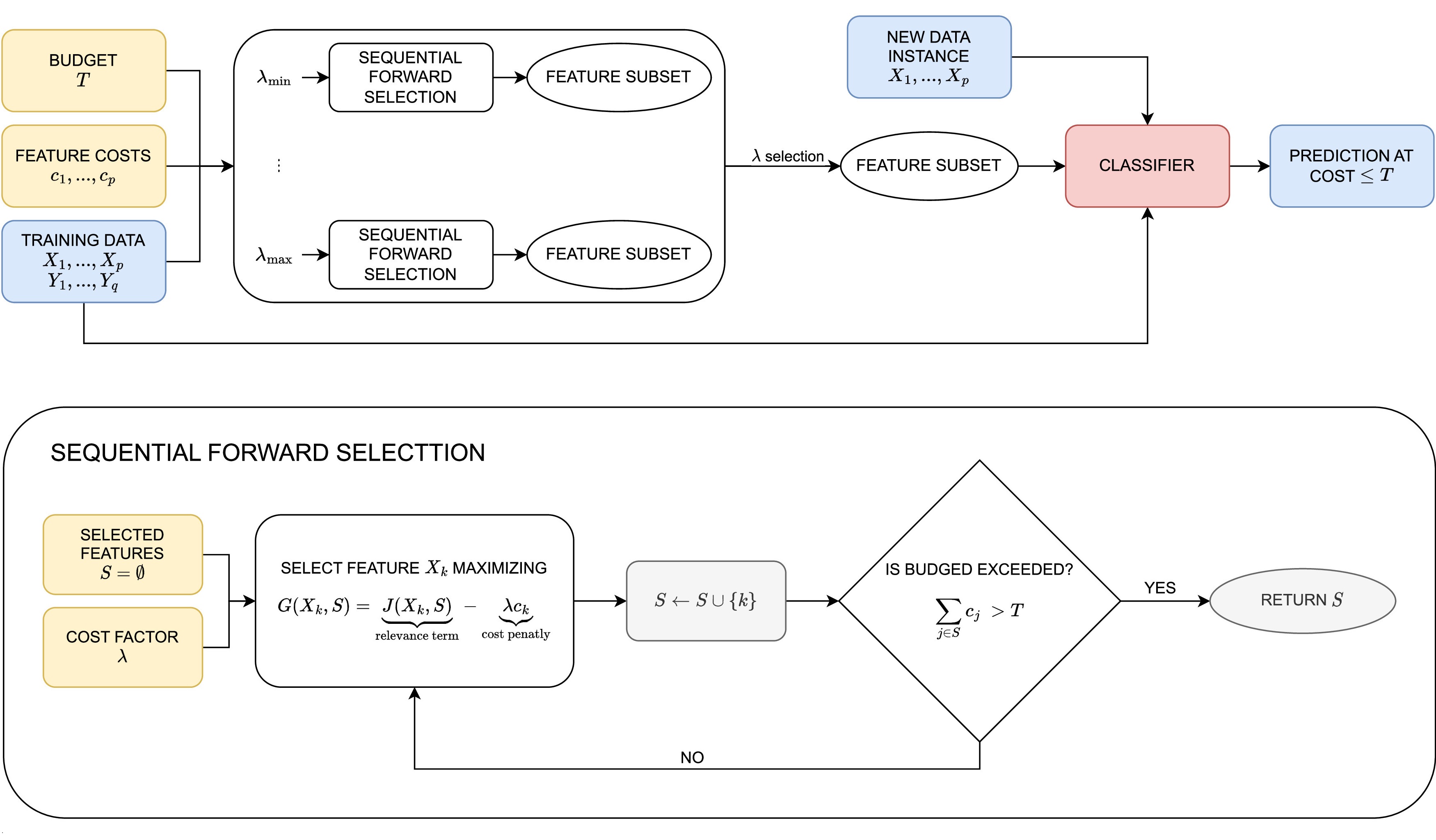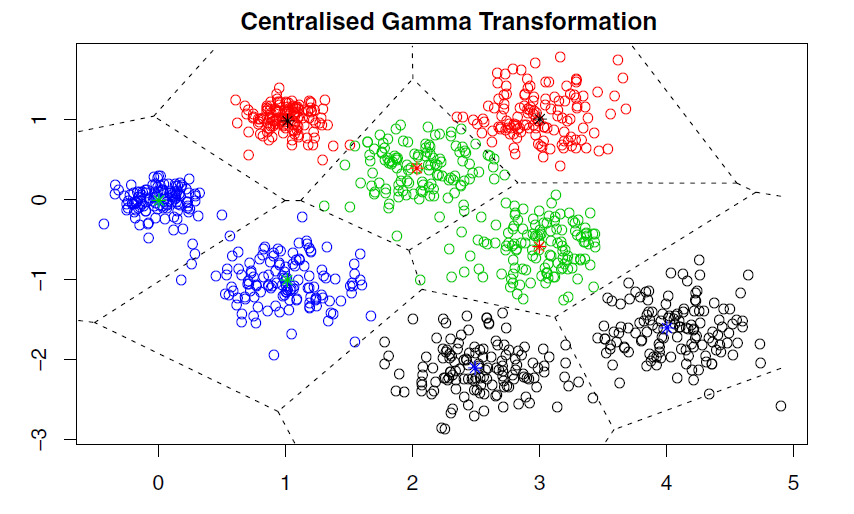New classification methods for data with incomplete observability

The Statistical Analysis and Modeling Group of IPI PAN achieved significant results regarding two new machine learning methods for positive-unlabeld data in an important case when their availability depends on the characteristics of the examined entities. The first proposed method examined a new parametric model for generating this type of data and an iterative procedure for estimating its parameters. The second method is based on the concept of variational autoencoders combined with outlier detection techniques. In addition to the theoretical justification of the methods, a significantly better quality of the resulting classifiers for tabular and image data was experimentally demonstrated.
Both methods were presented at the European Conference on Artificial Intelligence, ECAI 2023, which took place in Krakow on September 30-October 4, 2023.
Read more …New classification methods for data with incomplete observability







